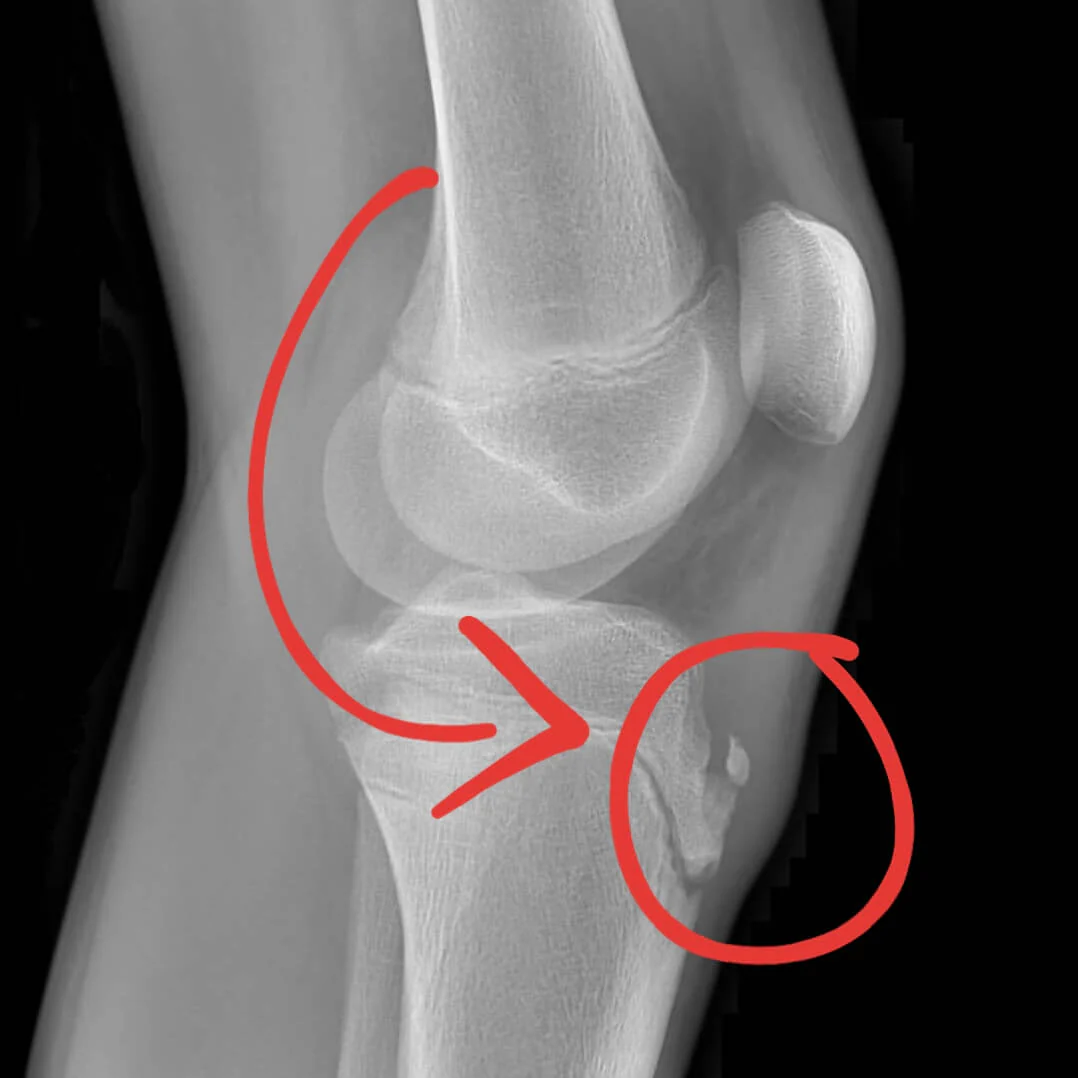Apophyseal Injuries in Radiology: Accurate Diagnosis in Pediatric and Adolescent Patients
30/12/2024 Views : 86
Faradilla Novita Anggreini

Apophyseal injuries in children and adolescents are common, particularly among those who are physically active, such as in sports or activities that involve repetitive movements or excessive stress. The apophysis is a developing part of the bone that has not yet fully fused with the main bone, making it particularly vulnerable to injury from overload. In this context, radiology plays a crucial role in diagnosing and monitoring apophyseal injuries, which can often resemble other conditions such as fractures or inflammation in the surrounding tissues. Radiological examinations, such as X-rays and MRIs, assist doctors in identifying apophyseal injuries more accurately and in greater detail. On X-rays, apophyseal injuries often show changes in the bone structure, such as separation of the apophysis or swelling in the surrounding area. Meanwhile, MRI provides a clearer image of the soft tissues around the injury, such as ligaments and tendons, which are often involved in apophyseal injuries.
The advantage of using radiological imaging for apophyseal injuries lies in its ability to provide an accurate picture of the extent of the injury, whether it is a mild inflammation or more serious damage, such as partial or complete separation of the apophysis from the main bone. Additionally, radiological imaging is essential in monitoring the progress of recovery during the healing process. By conducting periodic examinations, doctors can assess whether recovery is proceeding well or if there are signs of complications, such as impaired bone growth due to untreated injury. However, radiological imaging must be performed carefully, as in children and adolescents, the growing apophysis can sometimes appear similar to other injuries, so careful interpretation is essential to avoid misdiagnosis. Therefore, collaboration between orthopedic specialists and radiologists is necessary to ensure the correct management of apophyseal injuries and to prevent long-term complications that could disrupt the patient's physical development.
